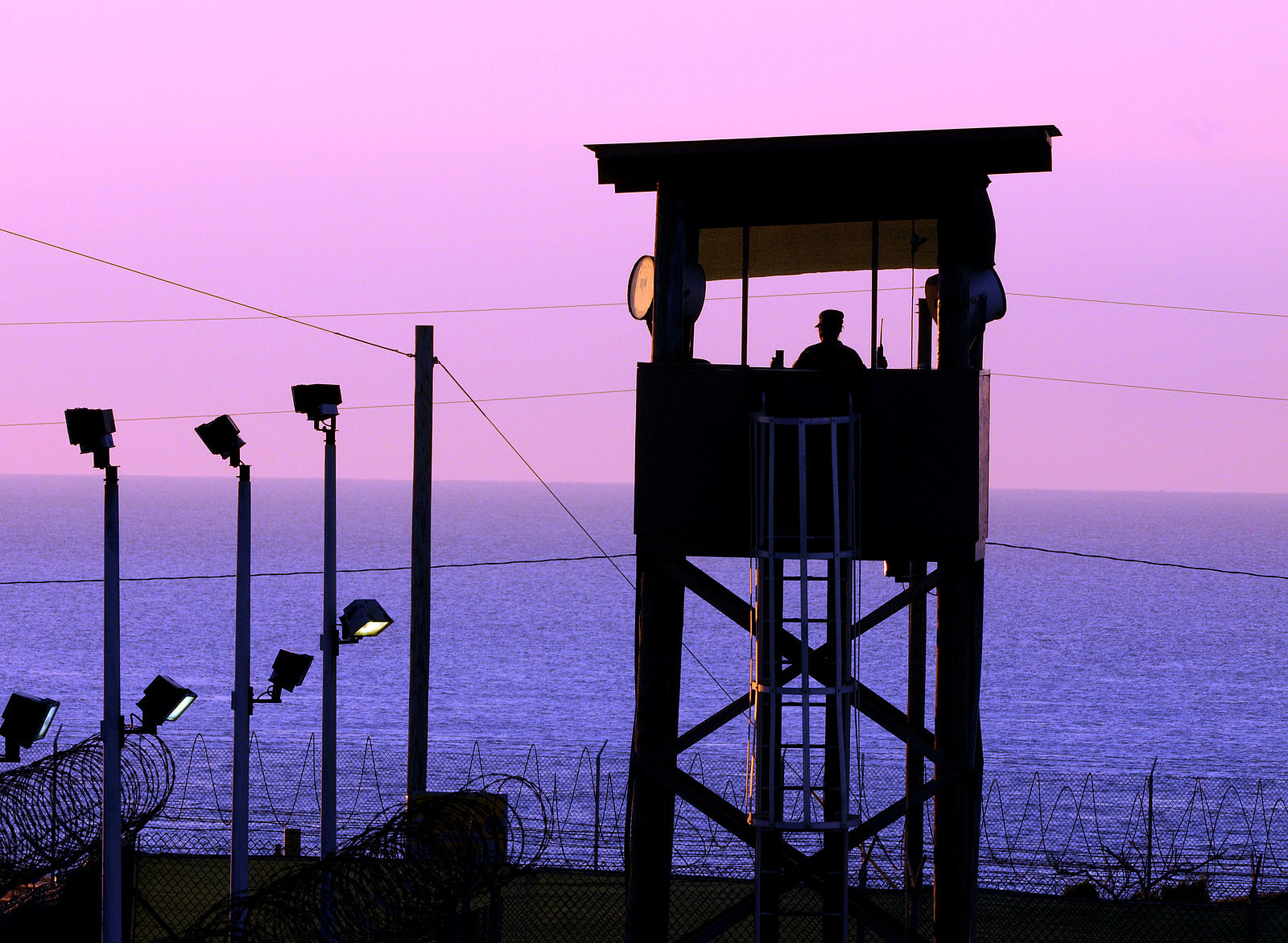
The US Department of Defense on June 24 announced the release of Asadullah Haroon Gul, an Afghan national, who had been held for 15 years without charge at the Guantánamo Bay detention camp. Gul was incarcerated at Guantánamo in 2007 on accusations of being a member of al-Qaeda and Hezb-e-Islami (HIA), an insurgent group that fought against the US in Afghanistan. HIA signed a peace agreement with the US-backed Afghan government in 2016.
Also in 2016, human rights organization Reprieve and Lewis Baach Kaufmann Middlemiss law firm filed a habeas corpus petition demanding Gul’s release. In October 2021, the US District Court for the District of Columbia ruled that the US “no longer has a legal basis to justify the continued detention,” having found that Gul had been a member of HIA but not of al-Qaeda. The court ordered his release. In April 2022, Gul’s lawyers moved to hold the US government in contempt for not complying with the court’s order.
The US Supreme Court ruled in 2008 in Boumediene v. Bush that Guantánamo Bay detainees have a right to petition a habeas corpus writ. Gul was the first such detainee to win a habeas case in 10 years.
Reprieve stated that Gul did not have access to a lawyer for the first nine years of his incarceration despite making numerous appeals for legal representation. The group also stated that Gul had suffered severe physical and psychological torture during his detention, including being beaten, suspended by his wrists, deprived of food and water, and prevented from praying. He was also subjected to sleep deprivation, extreme cold temperatures, and solitary confinement.
Zabiullah Mujahid, the Taliban spokesperson, also announced Gul’s release and stated that he was one of the last two Afghan detainees at Guantánamo Bay.
Human rights organizations have reported multiple human rights violations at Guantánamo Bay over the years.
From Jurist, June 26. Used with permission.
Notes: The HIA was allied with the Taliban insurgency, but its leadership was granted impunity with the 2016 peace deal.
Gul has been repatriated to Afghanistan via Qatar. (NYT)
The last Guantánamo detainee to win a habeas case was Adnan Farhan Abdul Latif, a Yemeni, who died at Guantánamo in 2012 after his release order was overturned by a US appeals court.
Photo: Gino Reyes/Wikimedia Commons





UN rights council details mistreatment of Gitmo detainees
The UN on March 26 described the treatment of detainees at Guantánamo Bay as “worrying” and called for the closure of the detention facility “without further delay.” The comments came in a newly released report from the UN Human Rights Council which outlined “systematic shortcomings in medical expertise, equipment, treatment, and accommodations” at Guantánamo Bay. (Jurist)
Four Guantánamo prisoners have been released under President Biden. According to the Pentagon, 34 detainees remain at the facility, including 20 eligible for transfer. (The Hill)
Guantánamo prisoner repatriated to Algeria
The US Department of Defense on April 20 announced the transfer of Said bin Brahim bin Umran Bakush, a prisoner held at Guantánamo Bay, to Algeria. The DoD said that Guantánamo’s Periodic Review Board (PRB) determined it was “no longer necessary” to hold Bakush to prevent a “significant threat to the national security of the United States.” The US will coordinate the release with the government of Algeria to ensure recommended monitoring, travel restrictions and continued information sharing.
With Bakush’s release, 30 detainees now remain in US custody at Guantánamo. Of these, 16 are eligible for transfer, and three are eligible for appearances before the PRB. Another nine are involved in Bush-era proceedings for foreign terrorism suspects–known as military commissions. An additional two detainees have been convicted by the military commissions. Of the total nine convictions by the military commissions, three have been vacated. (Jurist)